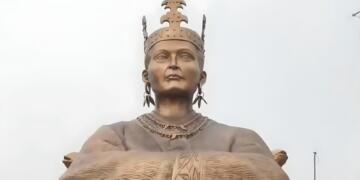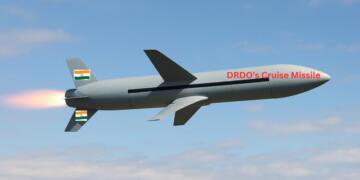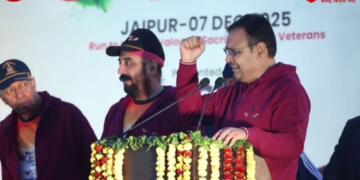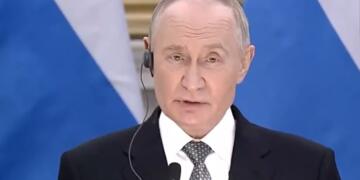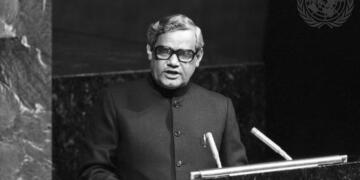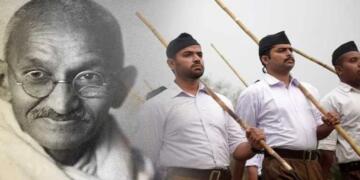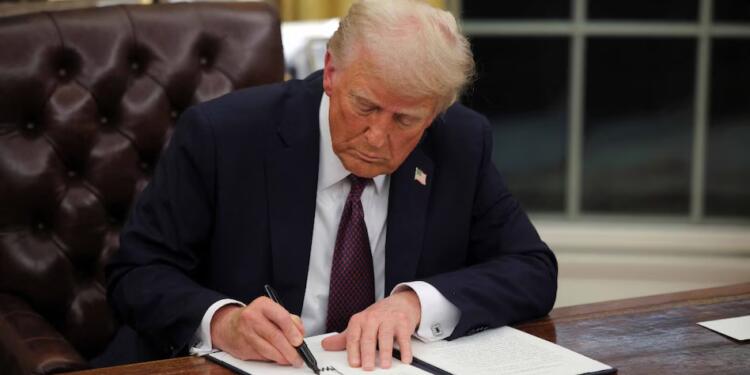In a landmark move, the current President of the United States Donald Trump ordered the declassification of the last secret files related to the assassination of President John F. Kennedy, a case that has fueled conspiracy theories for over 60 years. On Thursday, 23rd of January, Donald Trump signed an executive order in the Oval Office, which also mandated the release of documents concerning the assassinations of Kennedy’s younger brother, Robert F. Kennedy, and civil rights leader Martin Luther King Jr.
“This is a big one,” Donald Trump remarked, as he signed the order. “A lot of people have been waiting for this for years, for decades. Everything will be revealed.” After signing, Donald Trump passed the pen to an aide, saying, “Give that to RFK Jr.,” referring to Robert F. Kennedy Jr., JFK’s nephew and a prominent figure in advocating for these revelations. RFK Jr., who has been nominated as the U.S. Secretary of Health and Human Services, has long been involved in efforts to expose the truth about the assassinations.
Donald Trump’s executive order mandates the “full and complete release” of the Kennedy files, with no redactions, something he had previously agreed to in 2017 when a large portion of the documents were released. At that time, the U.S. National Archives had already made public vast amounts of records related to JFK’s assassination, but thousands of documents were withheld, citing national security concerns. By December 2022, approximately 97% of Kennedy’s records, totaling five million pages, had been released. Despite this, a few files remained sealed, raising questions among those skeptical of the official narrative.
The Warren Commission, which investigated the assassination, concluded that Lee Harvey Oswald acted alone in shooting Kennedy on November 22, 1963, in Dallas. However, this official conclusion has done little to silence conspiracy theorists who suspect a larger plot behind the president’s death. The slow release of documents over the years has further fueled these speculations.
Donald Trump’s latest move may also be seen as a gesture toward Robert F. Kennedy Jr., who has publicly stated that there is “overwhelming evidence” the CIA was involved in his uncle’s assassination. He has also suggested the CIA played a role in the assassination of his father, Robert F. Kennedy, in 1968.
Kennedy scholars have long debated the credibility of these theories, with popular culture, from books to films like Oliver Stone’s JFK, perpetuating doubts about the official account. The assassination of Martin Luther King Jr. in 1968, also included in Donald Trump’s order, has similarly sparked skepticism, particularly from King’s family, who have questioned whether James Earl Ray, the man convicted of the murder, was the true assassin.
Read More- https://tfipost.com/2025/01/netaji-subhas-chandra-boses-disappearance-chinese-historians/
Did Netaji Really Die in a Plane Crash? Chinese Historians and Evidence Say No!
Demands of declassification in India
There are also demands of declassification made by a section of Indian society. There are many truths that are pending to be discovered that require a thorough investigation. The truths relating to the demise of Lal Bahadur Shastri, Subhash Chandra Bose, Homi J Bhabhi or Shyama Prasad Mukherjee still float in the air giving rise to many credible questions.
At the latest, Author Anuj Dhar and Chandrachur Ghose in their recent book The Bose Deception: Declassified has worked to debunk the ‘The plane crash theory’. Their research, based on over 2,000 declassified documents from multiple countries, challenges the long-standing plane crash theory that suggests Netaji died in Taipei on August 18, 1945.
According to the Japanese account, Netaji and Lt. General Tsunamasa Shidei perished in a plane crash at Taipei airport, and their ashes were later sent to Tokyo. However, Anuj Dhar and Chandrachud Ghose, in their book, cited Chinese war historians Zhang Zishen and Xue Chunde and presented that Shidei was not on the same plane as Subhash Chandra Bose. The historians claim that Shidei’s plane was intercepted and shot down by Chinese fighter jets, crashing into the East China Sea.
Justice MK Mukherjee’s 2006 commission report also questioned the plane crash theory, suggesting that the Japanese staged Bose’s death to facilitate his escape to Soviet Russia. Mukherjee found that a Japanese soldier’s body was falsely identified as Netaji’s and Shidei’s death remained unverified.
The Chinese version of events directly contradicts the Japanese claim upheld by the Indian government in 2006 under Prime Minister Manmohan Singh. Anuj Dhar and Chandrachud Ghose point out inconsistencies, including the lack of evidence that Netaji and Shidei arrived in Taipei together, contradictory eyewitness accounts, and missing government records from both India and Japan.
The death of former Prime Minister Lal Bahadur Shastri, which occurred in Tashkent on January 11, 1966 too remains one of India’s greatest political mysteries. Officially, Shastri died of a heart attack shortly after signing a peace declaration with Pakistan’s President Ayub Khan. However, doubts about the circumstances surrounding his death persist.
His son, Sunil Shastri, and grandson, Sanjay Nath, have raised crucial questions, including why there was no autopsy and why Shastri’s family was not allowed to approach his mortal remains. Sanjay Nath revealed that when his grandfather’s body was returned, a man applied sandalwood paste to hide bruises and marks on Shastri’s face, fueling suspicions of foul play. Additionally, the lack of a formal inquiry commission or investigation has left many unanswered questions, leading to widespread speculation about who may have been responsible for the former PM’s death and why it has been shrouded in secrecy for decades.





